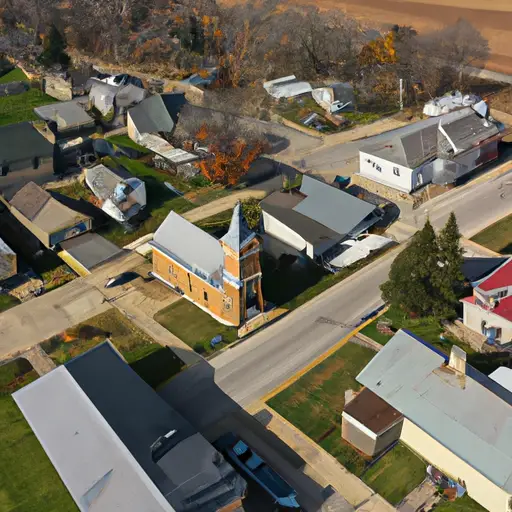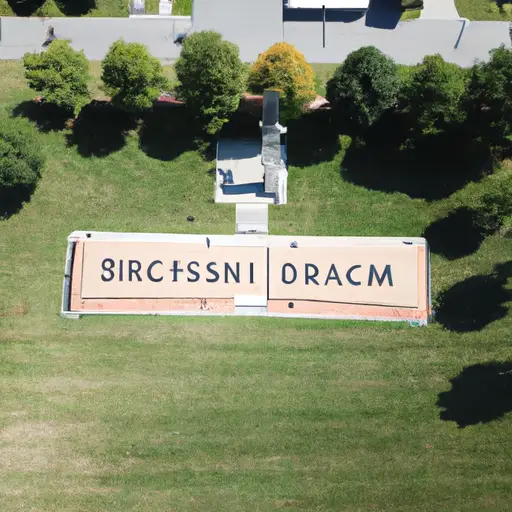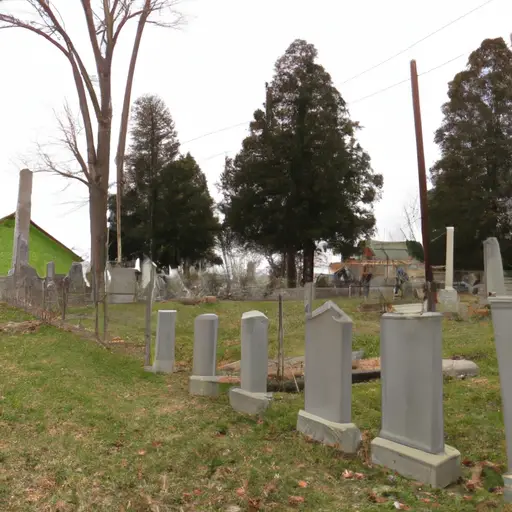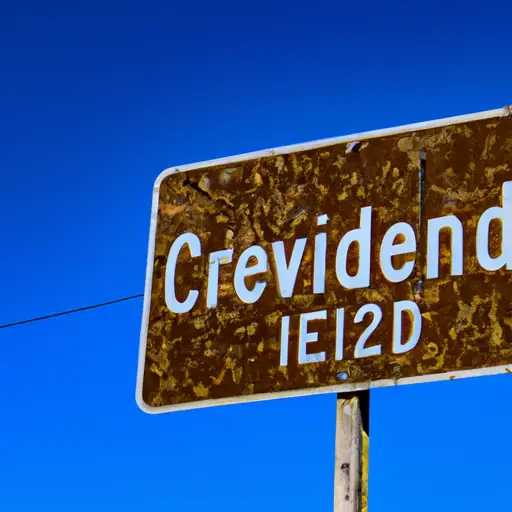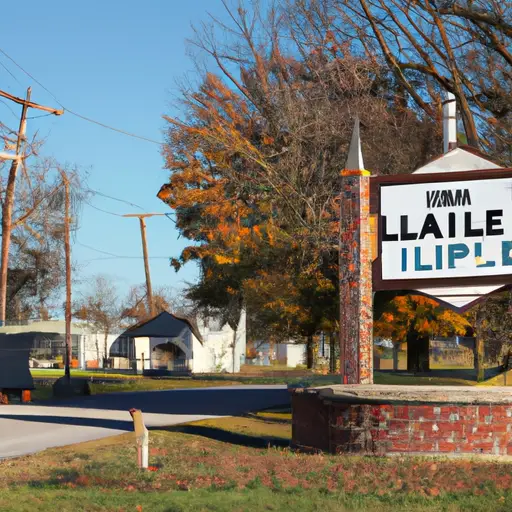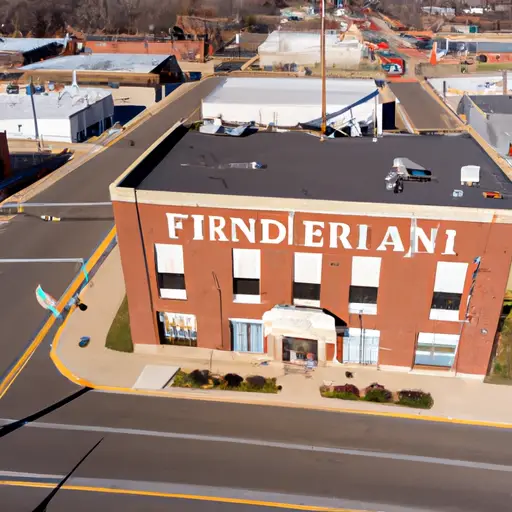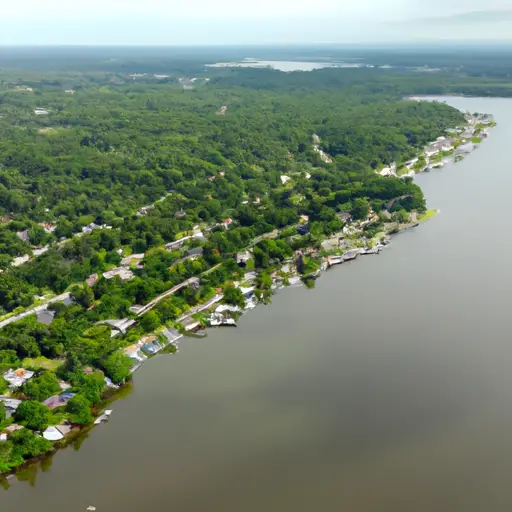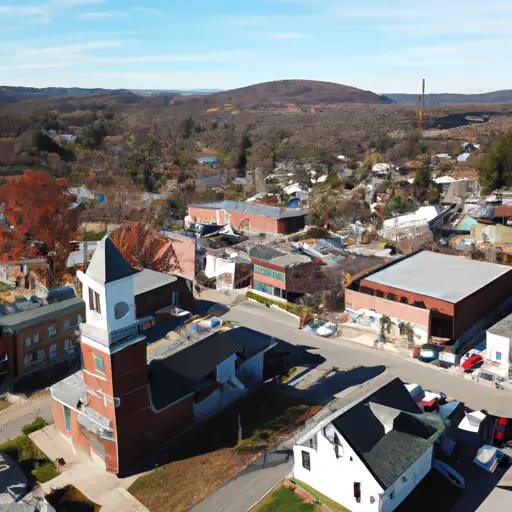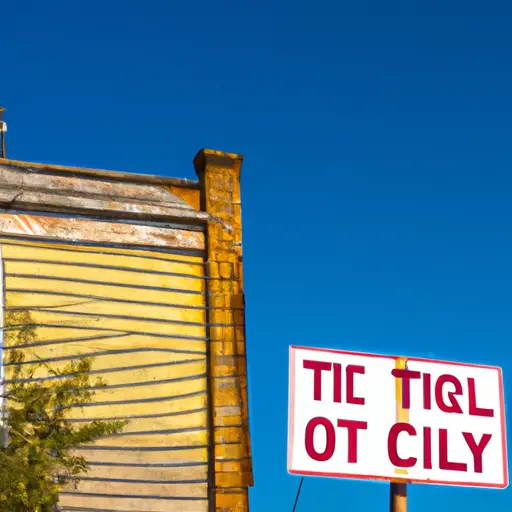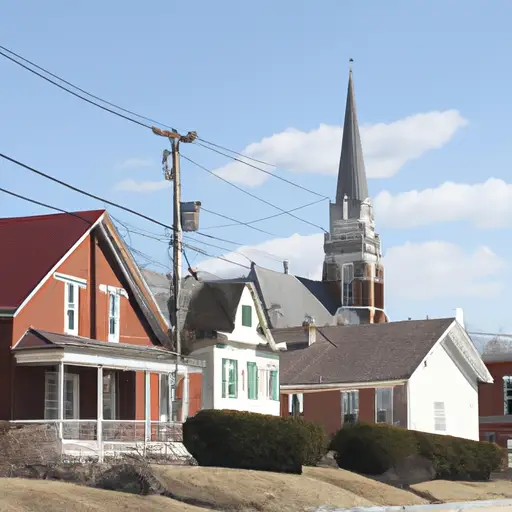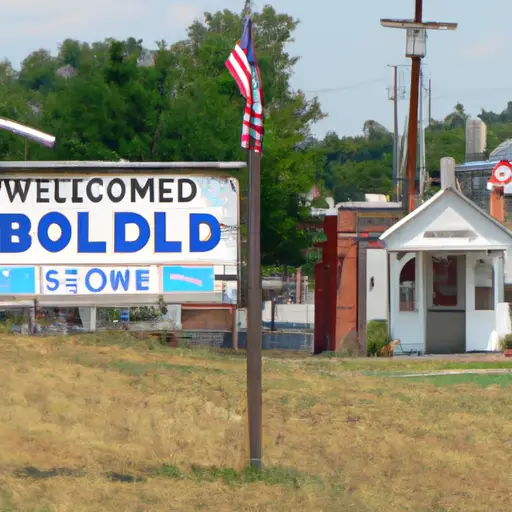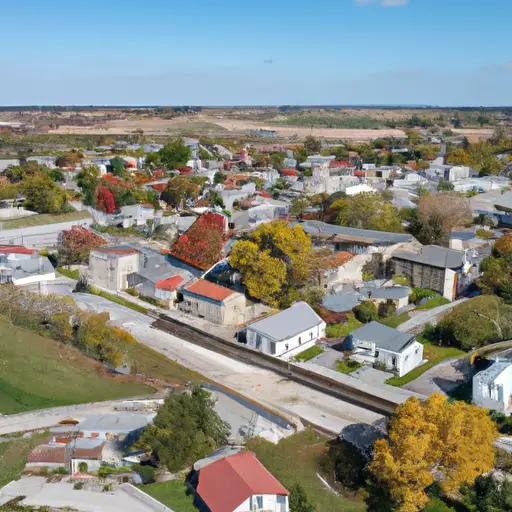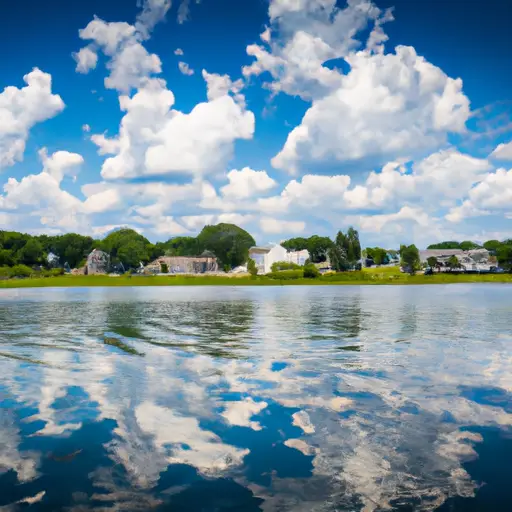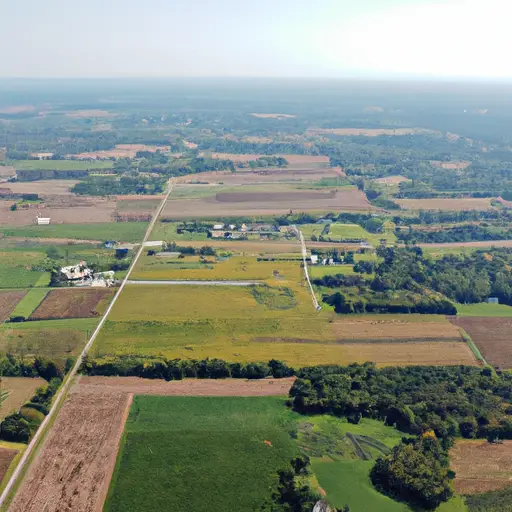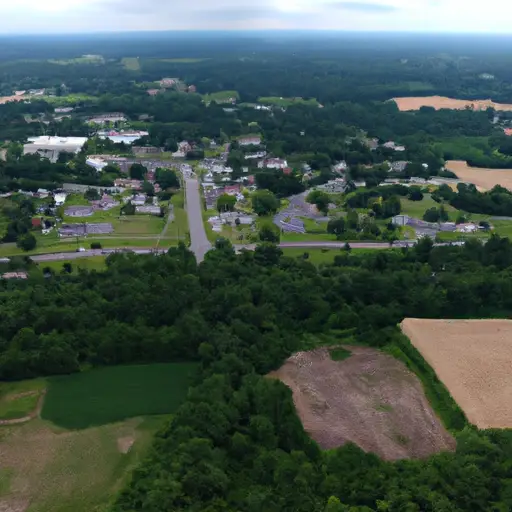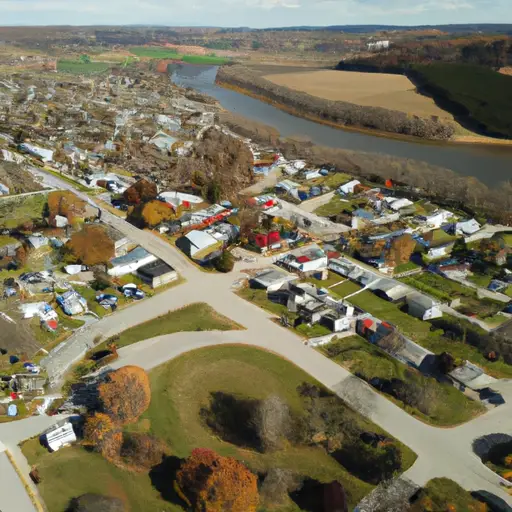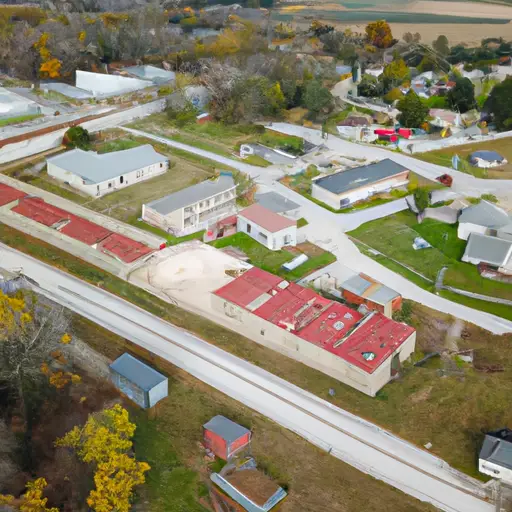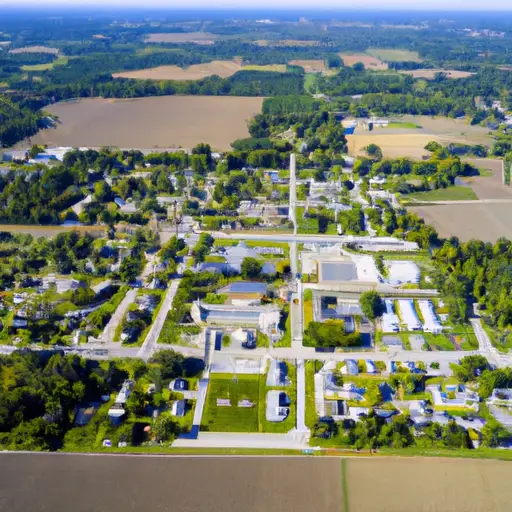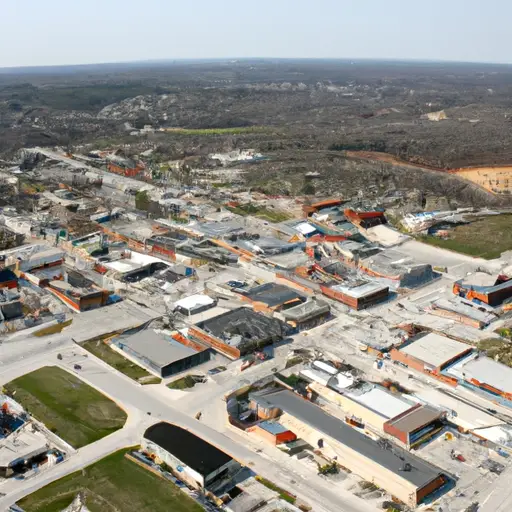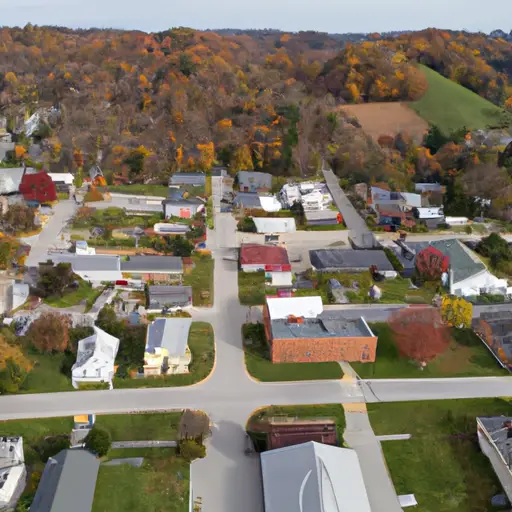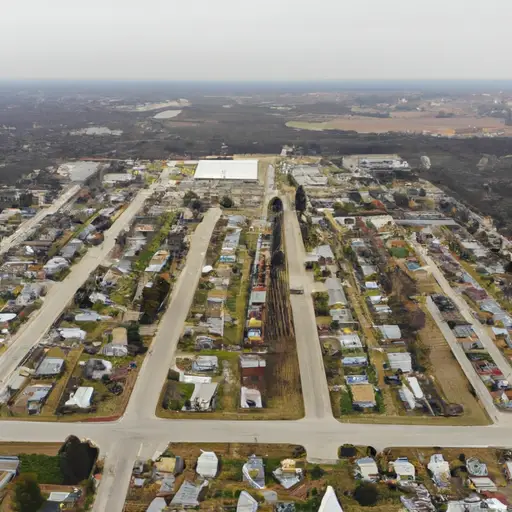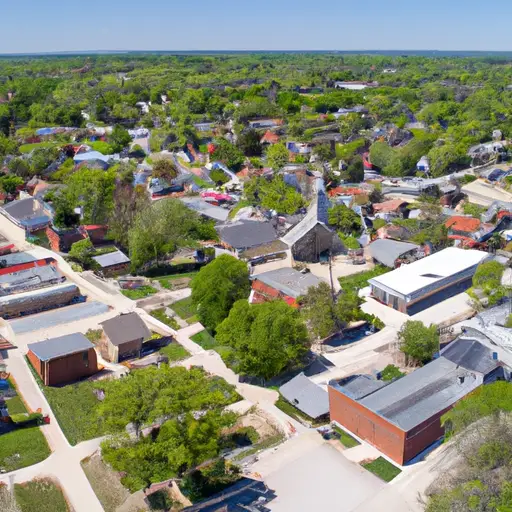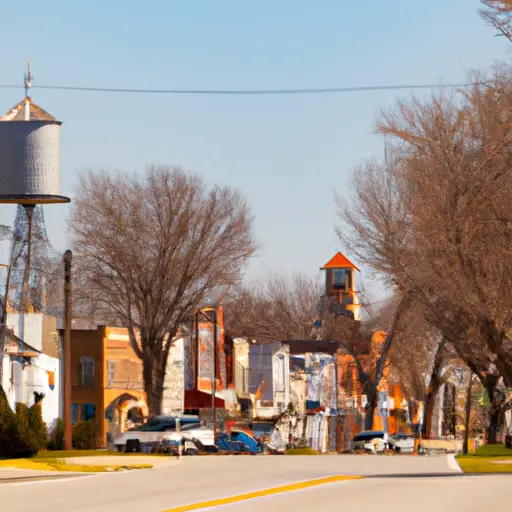Warsaw is a city located in the far eastern corner of the U.S. state of Nebraska. It is located in Johnson County, just four miles south of the Iowa border and 20 miles north of the Missouri border. The city lies along the Big Blue River and just south of the Hubbell Branch of the river.
Warsaw was founded in 1881 when land promoters of the Union Pacific Railroad purchased the land from several Indian tribes. The new settlers received a special exemption from the land allotment system set up by the United States government and were given a generous amount of free land. The city was named after the nearby town of Warsaw, Poland. The Union Pacific Railroad built a major bridge over the Big Blue River just inside the city limits, and the rail line between Lincoln and Omaha ran through the city until 1941.
The city was officially incorporated in 1905 and, at the time of its incorporation, had a population of 777 with just short of 20 businesses in operation. Warsaws first mayor was Washington Peters, and the city council implemented the city's first ordinance in 1906. The headquarters of Union Coal Company were located in Warsaw, and the company was responsible for much of the city's early growth and development.
Today, Warsaw is a small city with a population of 1,148 as of the 2010 U.S. Census. The city is served by Interstate 80, which passes directly through its center, and US Highway 75, which skirts the city to the west. The city is home to several local businesses, including a shop, a grocery store, and a tractor dealership. The city is also home to the Warsaw Stockyards, one of the oldest livestock stockyards in the state. The city is also home to the historic Warsaw Town Hall, a structure built in 1915 and listed on the National Register of Historic Places.
Interesting Facts About Warsaw City
1. Warsaw was first settled in the early 1860s by settlers from Kentucky, Germany, and Illinois.
2. Prior to the town being named Warsaw, it was called Hermann.
3. Warsaw was named by a county supervisor, Commander Robert Lewin of the U.S. Navy, after his native city of Warsaw, Poland, in 1895.
4. Warsaw was a part of Camp (later Fort) Robinson, which was the home of the last wild buffalo herd in the U.S.
5. The first school in Warsaw was held in the home of Maj. Henry Mayhew in 1875.
6. The town has a rich Native American heritage, with several tribes originally inhabiting the area, such as the Ponca, Cheyenne, Oglala Lakota Sioux, and Pawnee.
7. The city is host to a unique outdoor theater featuring live community performances.
8. Warsaw is referred to as the "Butterfly Capital of Nebraska" due to the large number of butterfly species found in the area.
9. The original St. John Paul II elementary school opened in 1987, and now serves students from Pre-K through 8th grade.
10. Warsaw is home to some of Nebraska’s most beautiful landscapes, such as Buffalo Canyon and Tecumseh Lake.
What is Warsaw known & Famous for
Warsaw, Nebraska is known as the Historical crossroads of the Platte Valley. It is famous for having the largest collection of historical sites located within a hundred- mile radius, such as the Phelps cabin, R.R. Donnelly country school, pioneer’s cemetery, pre-civil war houses, and old railroad mementos. The town is also known for having a small-town charm and tranquil atmosphere.
What Is It Like To Visit In Warsaw City?
Visiting Warsaw, NE can be a great experience! The city is a great place to enjoy the outdoors, with plenty of outdoor activities available. Hiking, camping, fishing and even snowmobiling are available for visitors to take part in. Warsaw also offers a variety of attractions, including a historical museum, the Niobrara National Scenic River, and access to a variety of restaurants, shopping, and entertainment. Spending time in Warsaw will leave visitors with a sense of connection and peace—a great way to explore Nebraska.

